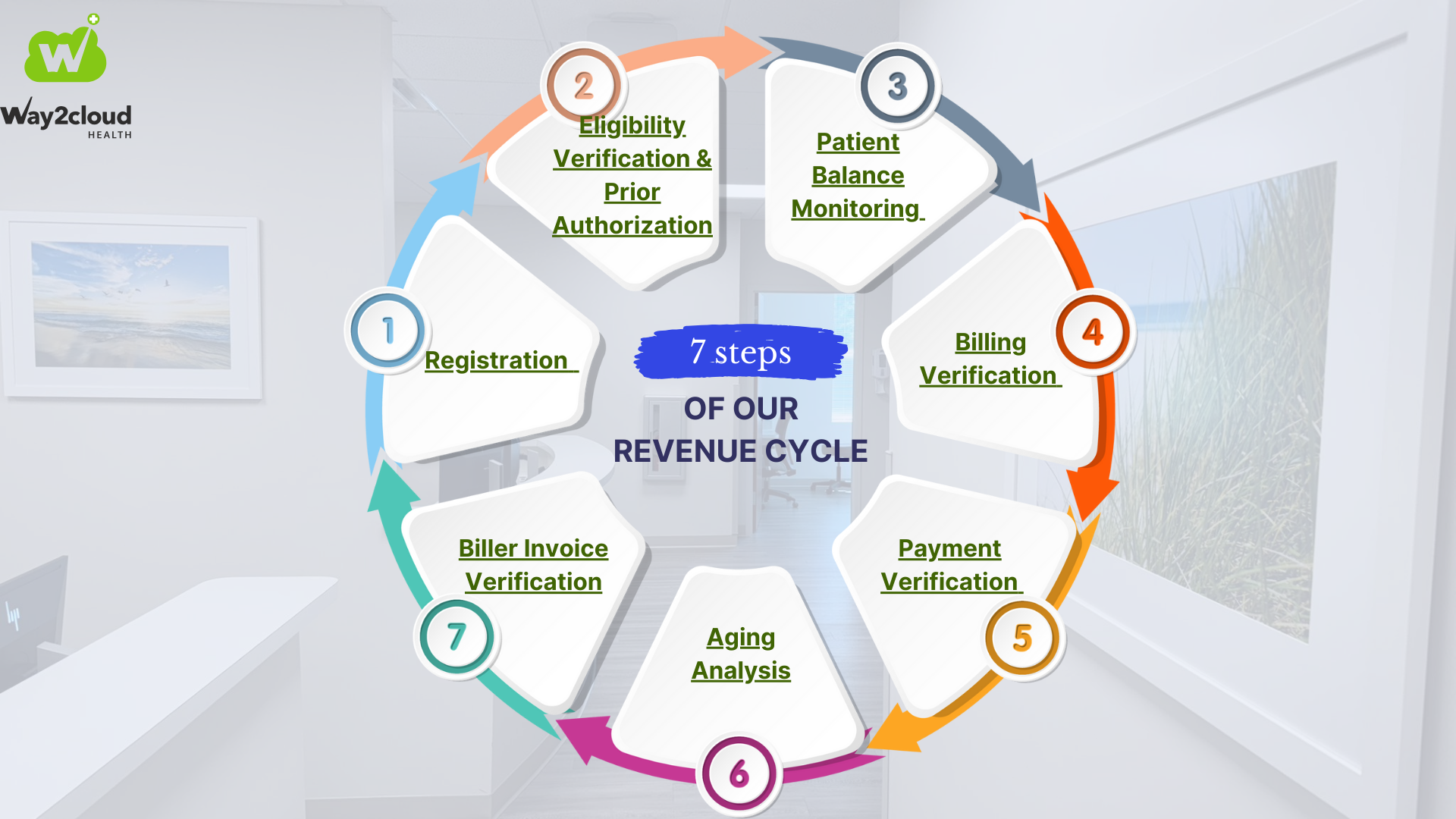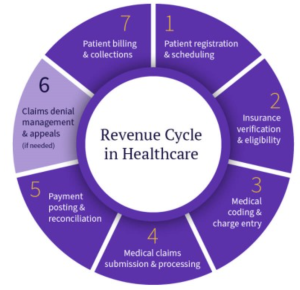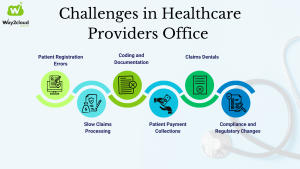Introduction:
In the intricate world of healthcare, navigating the prior authorization process is often a challenging and time-consuming task for both providers and patients alike. However, adopting a proactive approach to prior authorization can revolutionize the way healthcare organizations operate, leading to enhanced efficiency, improved patient satisfaction, and streamlined revenue cycles. In this blog, we’ll delve into the importance of proactive prior authorization and how it can transform the healthcare experience for all stakeholders.
Understanding Prior Authorization:
Prior authorization is a process wherein healthcare providers obtain approval from insurance companies before delivering certain medical services or prescribing specific medications. This process aims to ensure the medical necessity and cost-effectiveness of treatments while preventing unnecessary expenses and ensuring appropriate utilization of healthcare resources.
The Importance of Proactive Prior Authorization:
Proactive prior authorization involves anticipating the need for authorization well in advance of the patient’s appointment or procedure. By taking a proactive approach, healthcare providers can streamline the authorization process, reduce administrative burdens, and minimize treatment delays for patients. Additionally, proactive authorization can lead to better patient outcomes, increased revenue, and improved overall practice efficiency.
Benefits of Proactive Prior Authorization:
-
Expedited Patient Care:
Proactively obtaining prior authorization allows healthcare providers to expedite the delivery of necessary medical services and treatments to patients. By securing authorization in advance, providers can avoid treatment delays and ensure timely access to care, ultimately improving patient outcomes and satisfaction.
-
Enhanced Operational Efficiency:
Proactive prior authorization optimizes practice workflows and reduces administrative burdens associated with the authorization process. By integrating prior authorization tasks into existing practice protocols and leveraging technology solutions, healthcare organizations can streamline authorization workflows, minimize manual errors, and improve overall operational efficiency.
-
Improved Revenue Cycle Management:
Efficient prior authorization processes contribute to a healthier revenue cycle by reducing claim denials, delays in payment, and revenue leakage. By proactively obtaining authorization for medical services, providers can ensure timely reimbursement from payers, minimize revenue loss due to denied claims, and optimize cash flow for the practice.
-
Patient Satisfaction and Engagement:
Proactive prior authorization demonstrates a commitment to patient-centered care and enhances the overall patient experience. By minimizing treatment delays and reducing administrative hassles, healthcare providers can boost patient satisfaction, foster patient loyalty, and strengthen provider-patient relationships.
-
Compliance and Risk Mitigation:
Adopting a proactive approach to prior authorization helps healthcare organizations mitigate compliance risks and ensure adherence to regulatory requirements. By staying ahead of authorization deadlines and maintaining accurate documentation, providers can minimize the risk of audits, penalties, and legal liabilities associated with non-compliance.
Real-Life Example:
A healthcare practice in Illinois was struggling with frequent denials for prior authorizations. We implemented a process to initiate prior authorization as soon as patient appointments were scheduled, giving them the leverage to address potential issues ahead of time. Once our team started working with them, we helped streamline their prior authorization process. Within just two months, the practice saw a complete stop in denials related to prior authorizations. This proactive approach not only eliminated authorization-related denials but also significantly improved their operational efficiency and patient satisfaction.
Conclusion:
Proactive prior authorization is a strategic imperative for modern healthcare organizations seeking to optimize operational efficiency, enhance patient satisfaction, and improve revenue cycle management. By embracing proactive authorization processes, providers can streamline workflows, expedite patient care, and achieve greater financial stability while delivering high-quality, patient-centered care. As the healthcare landscape continues to evolve, proactive prior authorization will remain a cornerstone of success for forward-thinking healthcare organizations committed to excellence and innovation.
Thank you for reading!





